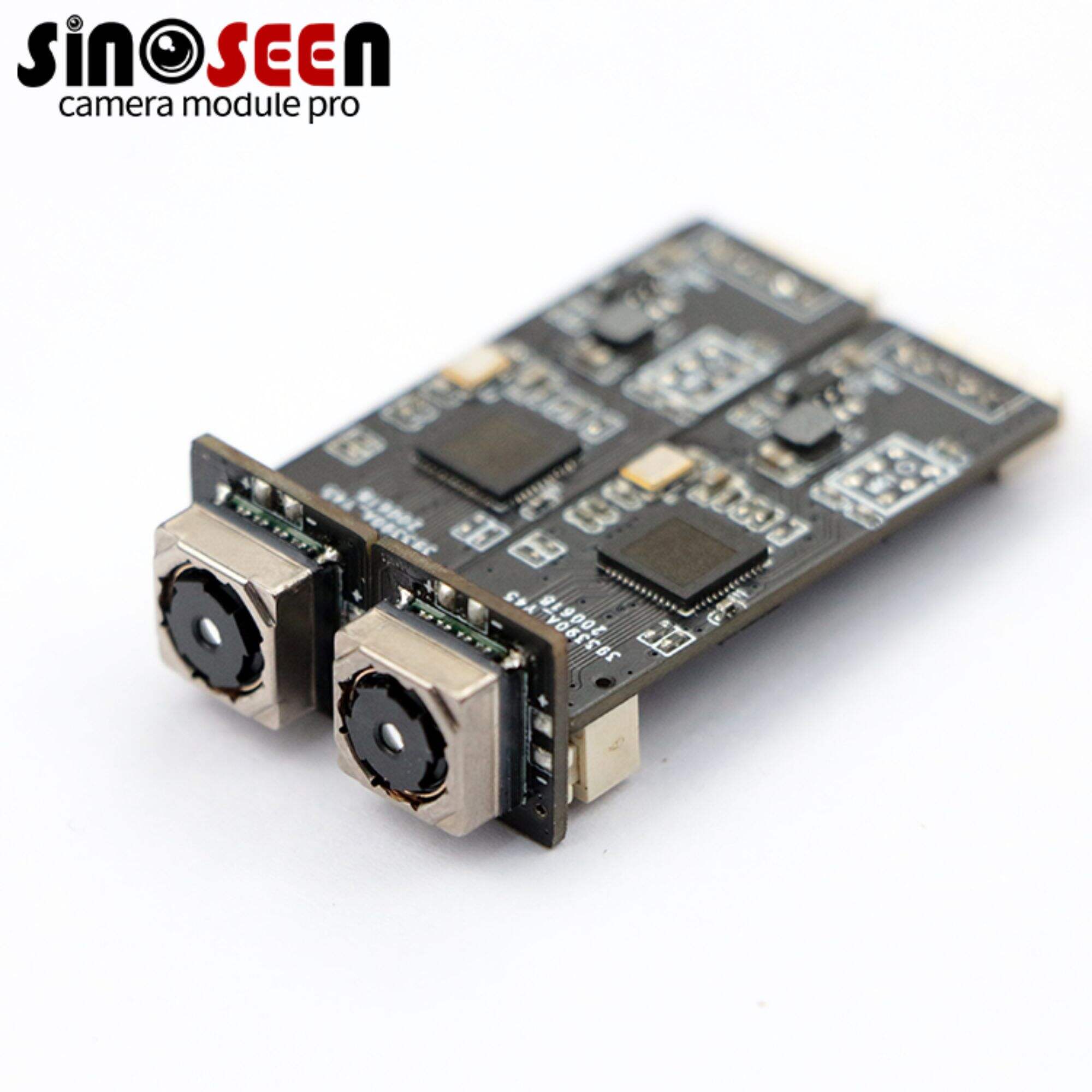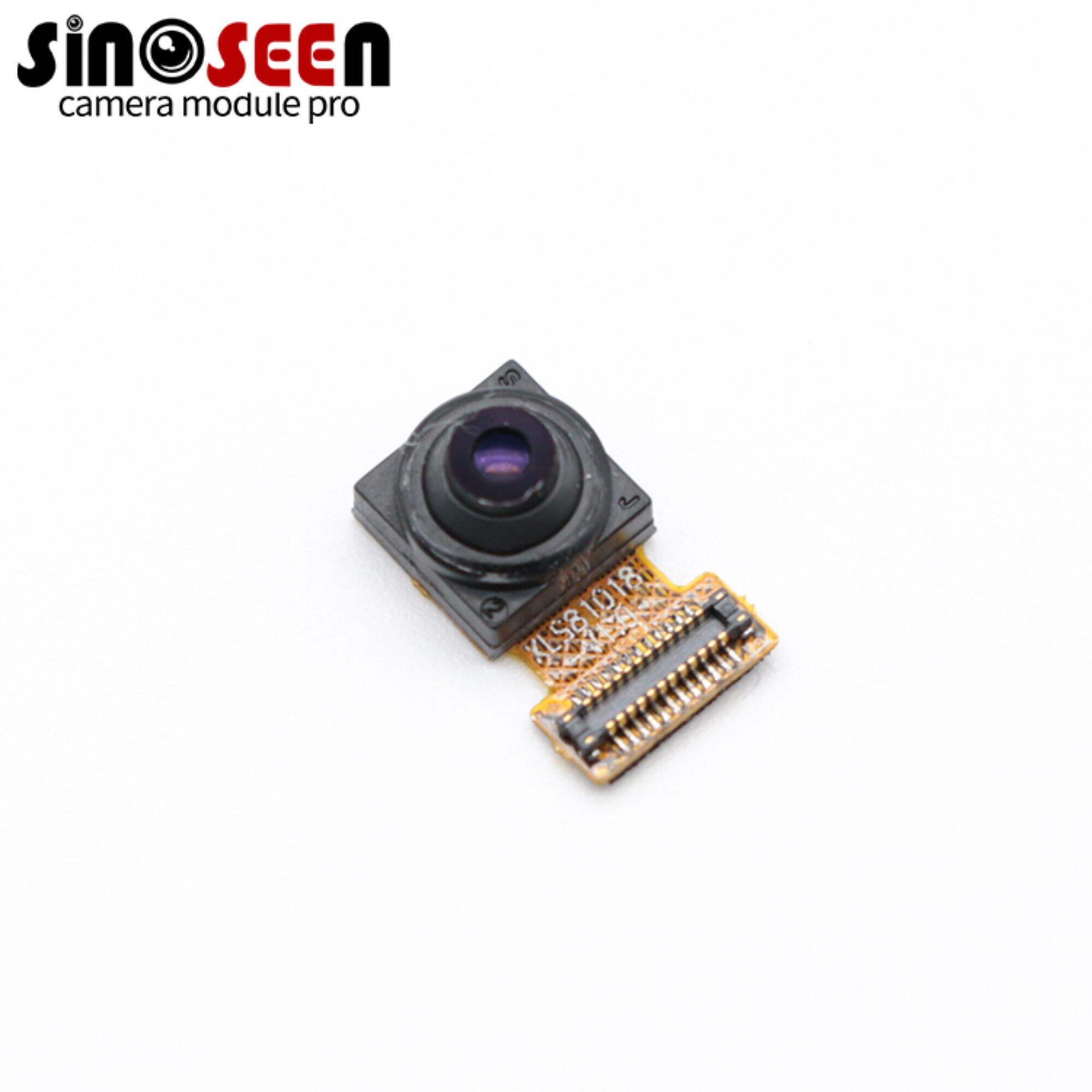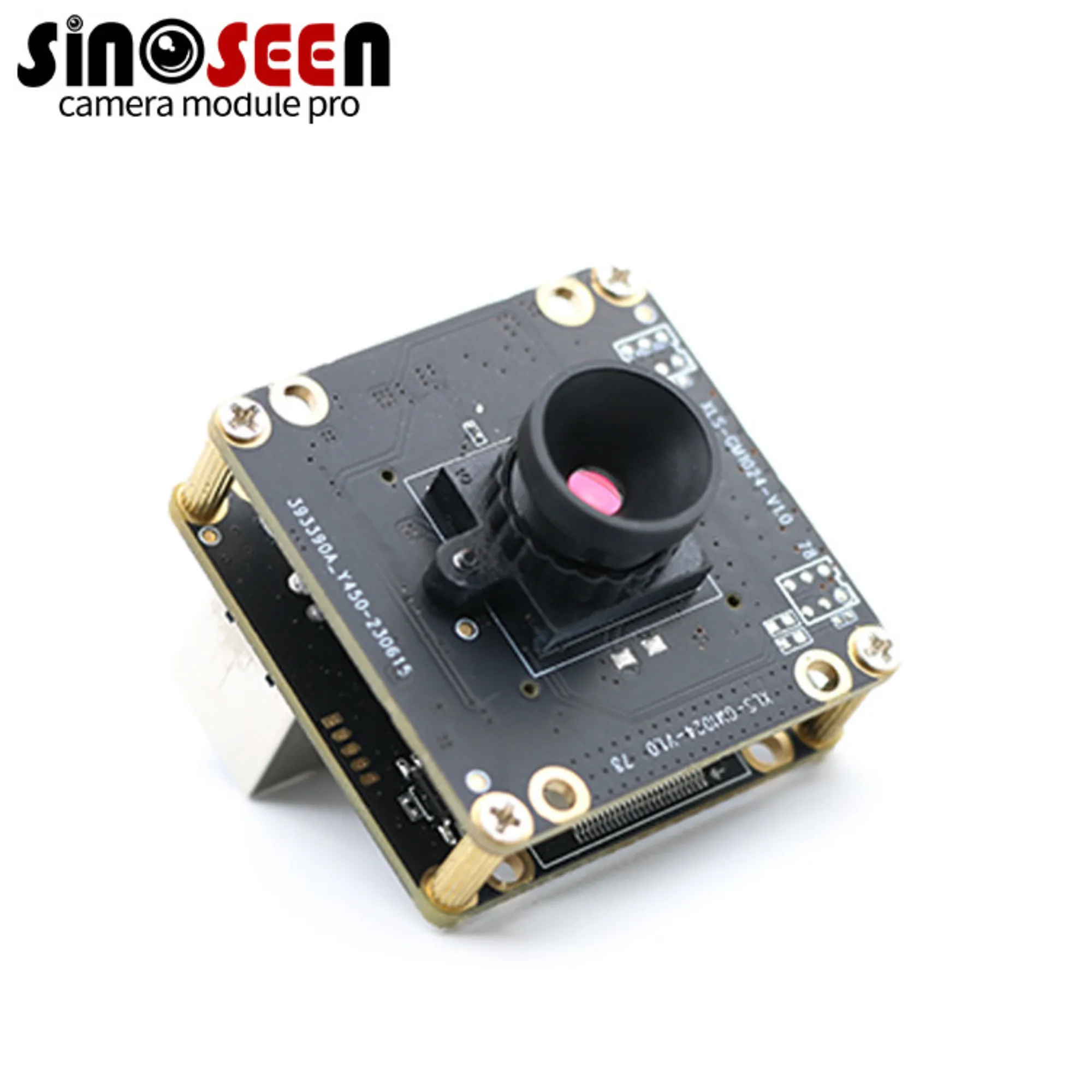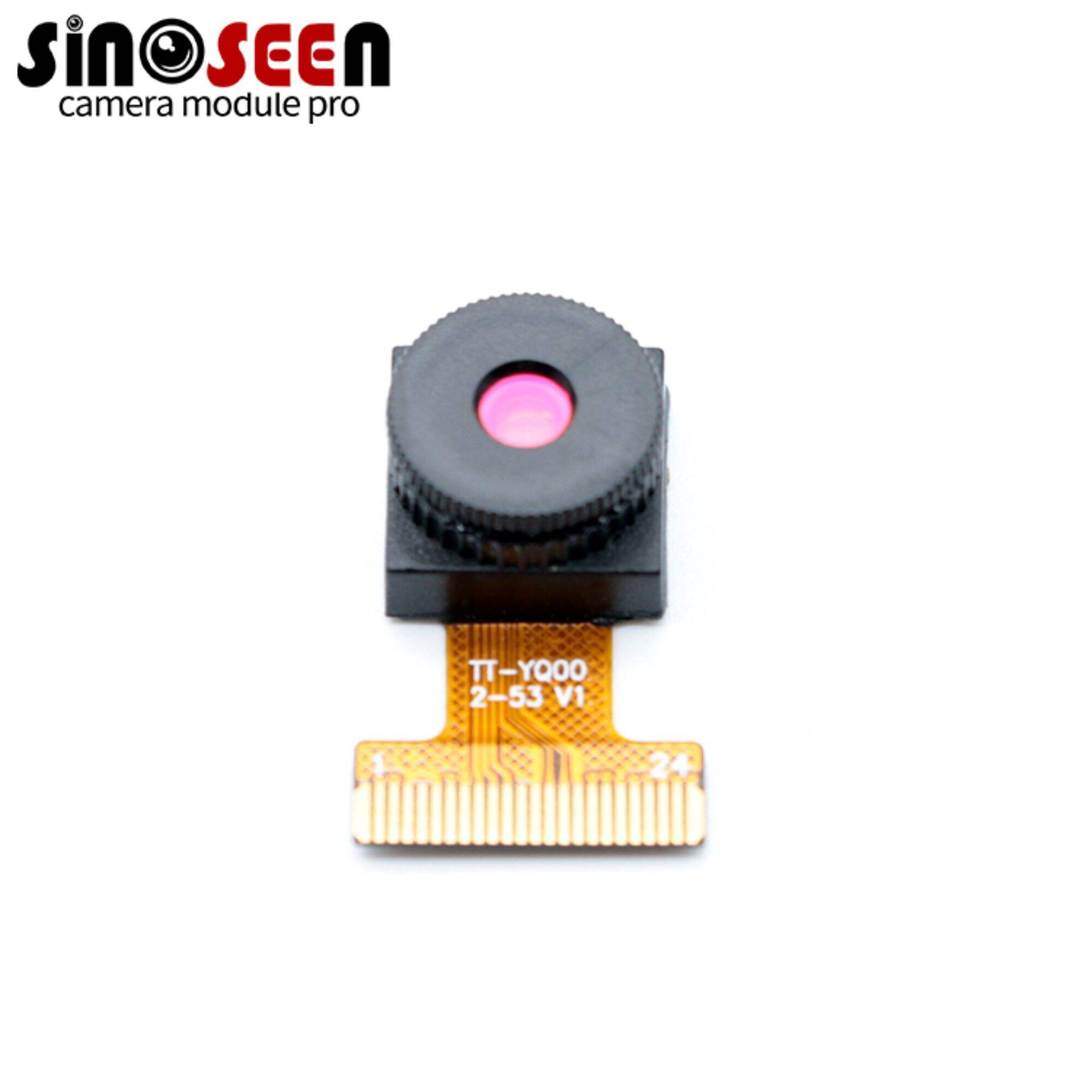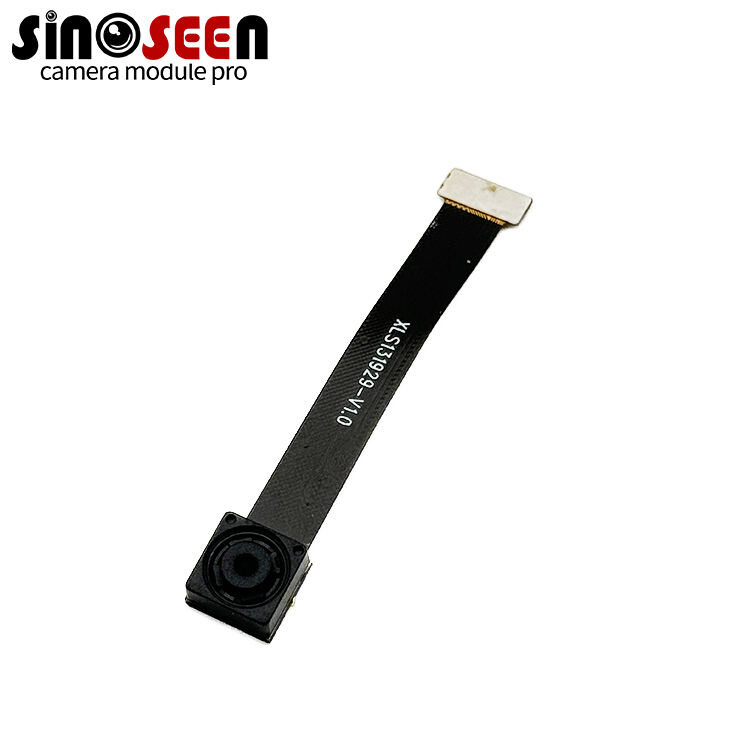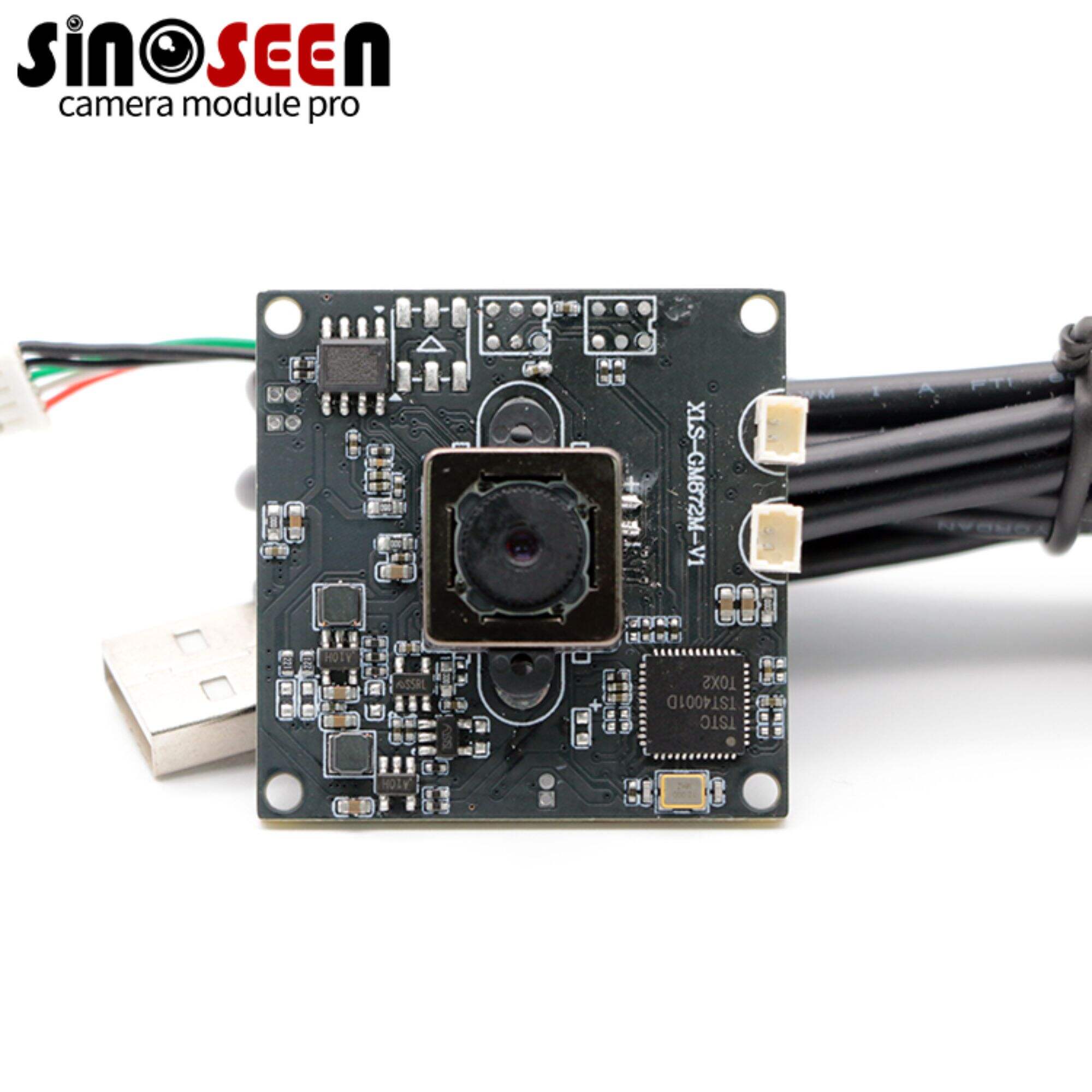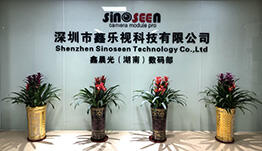How Night Vision Camera Modules Improve Security Surveillance
Core Technologies in Night Vision Camera Modules
CMOS Sensors & Infrared Illumination Fundamentals
CMOS sensors are crucial for capturing clear images in low-light and no-light scenarios, thanks to their advanced photonic properties. These sensors are essential in night vision camera modules as they offer high-quality images with faster capture times and minimal noise. For instance, the SONY IMX335 sensor exemplifies the superior sensitivity and improved low-light performance attainable with CMOS sensor technology. Unlike CCD sensors, CMOS sensors are designed to produce sharp, clear images by leveraging their high dynamic range (HDR) capabilities in challenging lighting conditions.
Infrared illumination is another fundamental component of night vision camera modules, enabling their functionality in complete darkness. This technology is categorized into active and passive types, with active infrared illumination using infrared LEDs to project light onto a scene, which is then captured by the camera sensor. The reflected infrared light allows the camera to create detailed images even in the absence of visible light. Passive infrared illumination, on the other hand, relies on ambient infrared light present in the environment. Both types are crucial for ensuring night vision cameras can operate efficiently in security patrols or wildlife observation scenarios without relying on visible light sources.
Image Processing Algorithms for Low-Light Clarity
Image processing algorithms play a vital role in enhancing the clarity of footage captured in low-light conditions. These algorithms, including noise reduction and contrast enhancement, are designed to improve the usability of images by processing raw data from sensors. For example, dynamic exposure adjustments and gain settings can optimize image quality, allowing for the visibility of key details even in the darkest environments. Such algorithms are particularly important for applications such as aviation and traffic safety, where capturing fast-moving objects with clear imagery is paramount.
These algorithms also contribute to lower energy consumption and improved battery life by efficiently processing sensor data. By minimizing the power needed for heavy computation tasks, they make night vision camera modules more suitable for applications that require extended operation times, such as in wildlife observation or security patrols. The implementation of advanced image processing techniques not only boosts the performance of night vision cameras but also underscores their significance in diverse fields requiring reliable and high-efficiency surveillance technology.
Enhanced Surveillance Capabilities in Low-Light Conditions
Superior Performance Over Traditional Security Cameras
Night vision camera modules offer significantly superior performance compared to traditional security cameras, especially in low-light environments. Traditional security cameras often struggle with visibility and detail when light levels drop, whereas night vision cameras excel in these conditions by using advanced technologies like infrared illumination and CMOS sensors. This advantage is evident in statistics showing improved detection rates during surveillance incidents with night vision technology, allowing for more accurate and reliable security monitoring. As the demand for better surveillance systems grows, particularly in sectors such as retail, government, and critical infrastructure, the need for adopting night vision camera modules is increasingly vital to ensure effective security measures are in place.
24/7 Monitoring for Security Patrols & Perimeter Defense
The ability of night vision camera modules to offer round-the-clock surveillance significantly enhances security in vulnerable areas. Their integration into security patrols and perimeter defense systems ensures continuous monitoring, helping to mitigate potential threats swiftly. Case studies have demonstrated their effectiveness in various scenarios, highlighting the importance of constant vigilance in security operations. According to security experts, such continuous monitoring is crucial for maintaining a robust security framework, especially in real-world applications where the unpredictability of threats necessitates an always-on approach. Night vision technology thus becomes indispensable for any security module aimed at comprehensive protection.
Advanced Features for Modern Security Systems
AI-Powered Motion Tracking & Threat Detection
AI-powered motion tracking is revolutionizing night vision technology by enabling real-time threat detection, which allows security systems to respond promptly to unusual activities. The integration of AI into night vision camera modules facilitates enhanced surveillance capabilities, offering detailed behavioral pattern analysis to predict and identify potential threats. For example, AI algorithms can discern unusual movement patterns that signify intrusions, thereby reducing assessment time and improving response strategies. Statistics highlight the effectiveness of these systems, with reports showing a significant decrease in false alarms and improved response times by up to 30%. This advancement marks a remarkable evolution in security technologies, transforming the landscape with intelligent and proactive solutions.
Integration with Smart Security Infrastructure
Night vision camera modules seamlessly integrate into existing smart security systems, enhancing overall operational efficiency and connectivity. These modules complement IoT devices and cloud storage solutions, enabling sophisticated functionalities like real-time data management and remote monitoring capabilities. For instance, a night vision camera module for security patrols can be integrated with smart technology to provide timely alerts and comprehensive surveillance reports accessible from any location. As urban areas increasingly prioritize security measures, future trends point toward deeper integration of night vision technology within smart security infrastructure. This integration is set to elevate urban safety standards, paving the way for more responsive and agile security systems in smart cities.
Strategic Applications in Security Surveillance
Critical Infrastructure Protection
Protecting critical infrastructure such as energy plants, transportation networks, and essential public services is paramount. Advanced night vision camera modules are vital in securing these infrastructures by providing enhanced visibility even in low-light conditions. This capability is crucial because incidents of infrastructure breaches have not just cost financial losses but have also posed significant threats to national security. For instance, a study indicated that several potential breaches in energy infrastructure could have been thwarted with effective night vision surveillance, emphasizing the necessity of this technology.
To provide a structured approach, governments and organizations around the globe have issued guidelines to ensure robust security measures are in place. These guidelines often stress the integration of advanced technologies, including night vision, to protect the assets deemed critical for societal functionality. The U.S. Department of Homeland Security, for example, emphasizes the importance of technology-driven solutions in enhancing security measures across infrastructure sectors.
Urban Surveillance & Crowd Monitoring
The role of night vision technology in urban surveillance and crowd monitoring cannot be overstated. It becomes particularly valuable during public events or emergencies when visibility issues arise due to external factors like lighting failures. By enhancing the ability of surveillance systems to monitor activities without interruption, cities can ensure better safety protocols. Various cities have already implemented these advanced surveillance systems. For example, cities like London and Singapore have adopted night vision in their public safety strategies, contributing to a marked reduction in crime rates.
However, integrating night vision technology into public surveillance also opens a dialogue about privacy and ethical considerations. Balancing security with individual privacy remains a challenging aspect of using such technologies in public spaces. It's crucial to develop frameworks that allow effective crowd control and urban planning while respecting citizen privacy and addressing societal concerns. Discussions around these aspects must continue to ensure equitable and ethical implementation of security technologies.

 EN
EN
 AR
AR
 DA
DA
 NL
NL
 FI
FI
 FR
FR
 DE
DE
 EL
EL
 HI
HI
 IT
IT
 JA
JA
 KO
KO
 NO
NO
 PL
PL
 PT
PT
 RO
RO
 RU
RU
 ES
ES
 SV
SV
 TL
TL
 IW
IW
 ID
ID
 SR
SR
 VI
VI
 HU
HU
 TH
TH
 TR
TR
 FA
FA
 MS
MS
 IS
IS
 AZ
AZ
 UR
UR
 BN
BN
 HA
HA
 LO
LO
 MR
MR
 MN
MN
 PA
PA
 MY
MY
 SD
SD

